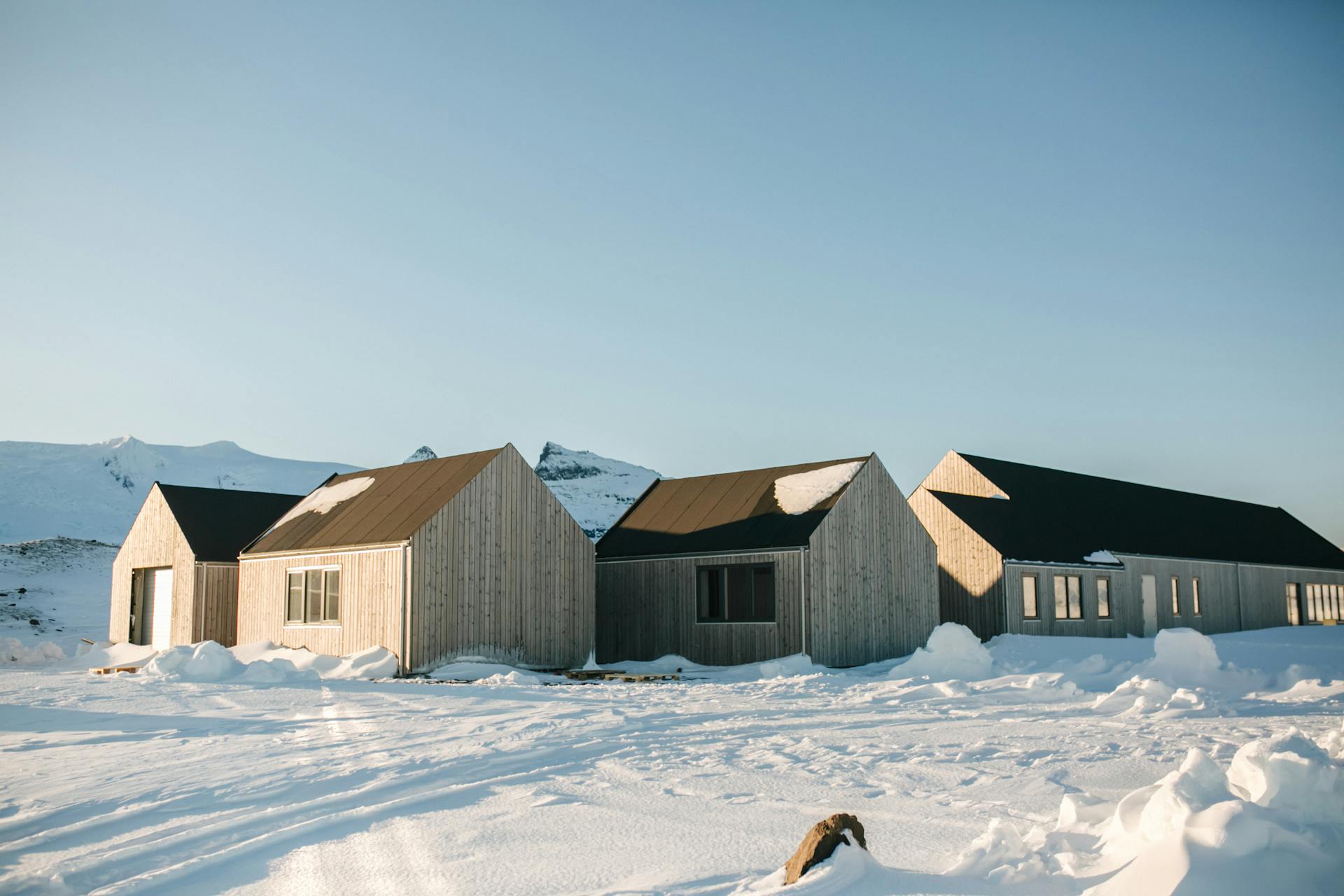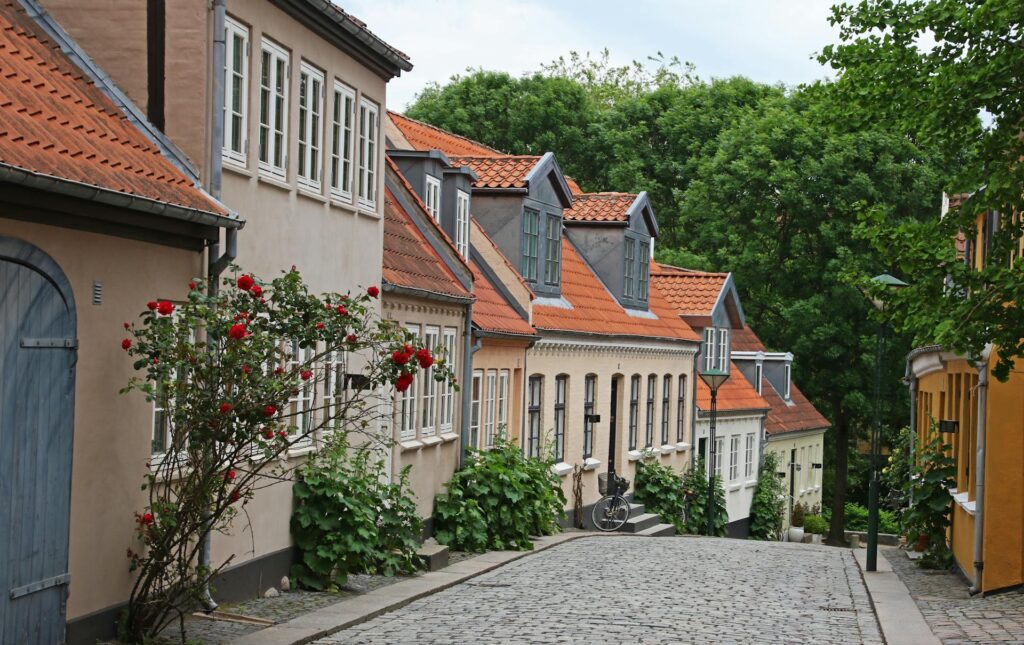Why Nordic Design is Winning the World’s Heart
Have you ever wondered why Nordic architecture seems to be popping up everywhere these days? Maybe you’ve seen those sleek, minimalist designs on your favorite home makeover show or noticed the calming, functional aesthetics in a friend’s newly renovated living space. It feels like Nordic design is taking over—and for good reason. This design philosophy isn’t just about looking good; it’s about creating spaces that feel good, too. But what’s the secret sauce behind this global obsession? Let’s dive into why Nordic architecture is capturing hearts around the world.
The Simplicity of Nordic Architecture
Nordic architecture has a simple yet profound philosophy: less is more. This minimalistic approach is not just about stripping away the unnecessary but about focusing on what truly matters. The clean lines and uncluttered spaces create an environment that’s both calming and invigorating. Nordic designs often feature open floor plans with plenty of natural light, which not only makes spaces feel larger but also more inviting. The use of light, neutral colors enhances this effect, creating a serene and airy atmosphere. This simplicity extends beyond aesthetics, aiming to improve quality of life through thoughtful, functional design.
The minimalist nature of Nordic architecture doesn’t mean it’s devoid of personality. In fact, the thoughtful use of textures and materials adds depth and warmth to the spaces. Wood, a staple in Nordic design, is used extensively to bring a piece of nature indoors. Whether it’s through exposed beams or elegant wooden furniture, these elements infuse spaces with a sense of coziness and familiarity. The balance of simplicity and warmth is precisely what makes Nordic architecture so appealing and timeless.
Sustainability at the Core
When we talk about Nordic architecture, sustainability is a cornerstone. The Nordic countries are known for their commitment to the environment, and this ethos is deeply rooted in their architectural practices. Sustainable materials, energy efficiency, and eco-friendly designs are not just trends but integral parts of Nordic building practices. The focus is on creating spaces that are not only beautiful but also kind to the planet. This commitment to sustainability resonates with people worldwide who are increasingly conscious of their environmental footprint.
One of the standout features of Nordic architecture is the innovative use of materials that minimize environmental impact. Recycled and locally-sourced materials are often utilized, reducing the carbon footprint associated with construction. Additionally, Nordic designs frequently incorporate energy-efficient technologies, such as triple-glazed windows and advanced insulation systems, to ensure that homes remain warm in the winter and cool in the summer. These sustainable practices not only benefit the environment but also provide long-term savings for homeowners.
The Influence of Nature
Nature plays a significant role in Nordic architecture, shaping both its form and function. The connection between indoor and outdoor spaces is a defining characteristic, with large windows and open layouts that invite nature inside. This seamless integration with the natural surroundings creates a harmonious living environment that enhances well-being. The emphasis on natural light and ventilation ensures that spaces are not only visually pleasing but also healthy and comfortable to live in.
The Nordic design philosophy goes beyond aesthetics, prioritizing the mental and physical health of its inhabitants. The inclusion of natural elements, like indoor plants and water features, further strengthens the bond between the built environment and the natural world. It’s no wonder that people across the globe are drawn to this design approach; it offers a refreshing escape from the chaos of urban life, bringing a sense of peace and tranquility into everyday living.

Embracing Hygge
The concept of hygge, a Danish word that translates to coziness and comfortable conviviality, is at the heart of Nordic architecture. This cultural element emphasizes creating a warm, inviting atmosphere where people can relax and enjoy life’s simple pleasures. In Nordic homes, hygge is achieved through thoughtful design choices, such as comfortable furnishings, soft textiles, and ambient lighting. These elements work together to create spaces that feel welcoming and lived-in, encouraging people to slow down and savor their surroundings.
Hygge is not just about physical comfort but also emotional well-being. Nordic architecture often includes communal spaces that foster connection and togetherness, reflecting the importance of relationships and community in Nordic cultures. This focus on social interaction and relaxation makes Nordic design particularly appealing in today’s fast-paced world, where finding moments of peace and connection can be challenging. By embracing hygge, people can transform their homes into sanctuaries that nourish both body and soul.
Functional Beauty
A key principle of Nordic architecture is the idea that beauty should not come at the expense of functionality. Every design element serves a purpose, ensuring that spaces are not only visually stunning but also practical and efficient. This balance between form and function is achieved through smart space planning and the use of multifunctional furniture. In Nordic homes, you’ll often find pieces that serve multiple roles, such as a dining table that doubles as a workspace or a sofa that converts into a guest bed.
The emphasis on functionality extends to the layout of spaces, which are designed to accommodate modern living needs. Open-plan designs promote flexibility and adaptability, allowing homeowners to customize their environments to suit their lifestyles. This thoughtful approach to design ensures that Nordic architecture remains relevant and adaptable, meeting the demands of contemporary life while maintaining its timeless appeal.
The Global Appeal
The global popularity of Nordic architecture can be attributed to its universal appeal. Its principles of simplicity, sustainability, and functionality resonate with people from diverse cultures and backgrounds. In an increasingly interconnected world, the desire for spaces that promote well-being and environmental responsibility transcends geographical boundaries. Nordic design offers a blueprint for creating harmonious living environments that are both aesthetically pleasing and environmentally conscious.
Nordic architecture’s influence can be seen in various design movements around the world, from minimalist interiors to eco-friendly buildings. Its impact is not limited to residential spaces but extends to commercial and public architecture as well. As more people embrace this design philosophy, the principles of Nordic architecture continue to shape the future of design, inspiring a new generation of architects and designers to prioritize sustainability and well-being.
Conclusion
Nordic architecture is more than just a design trend; it’s a holistic approach to living that prioritizes simplicity, sustainability, and well-being. Its global appeal lies in its ability to create spaces that are not only beautiful but also functional and environmentally conscious. By embracing the principles of Nordic design, we can transform our living environments into sanctuaries that nourish our bodies, minds, and souls. As the world continues to grapple with environmental challenges and the fast pace of modern life, the timeless appeal of Nordic architecture offers a path towards a more balanced and harmonious way of living.

Recent Posts
15 Floor Plan Graphic Styles That Will Elevate Your Presentation Game
The Role of Shadows in Architectural Storytelling
When Furniture Becomes Architecture: Blurring the Line